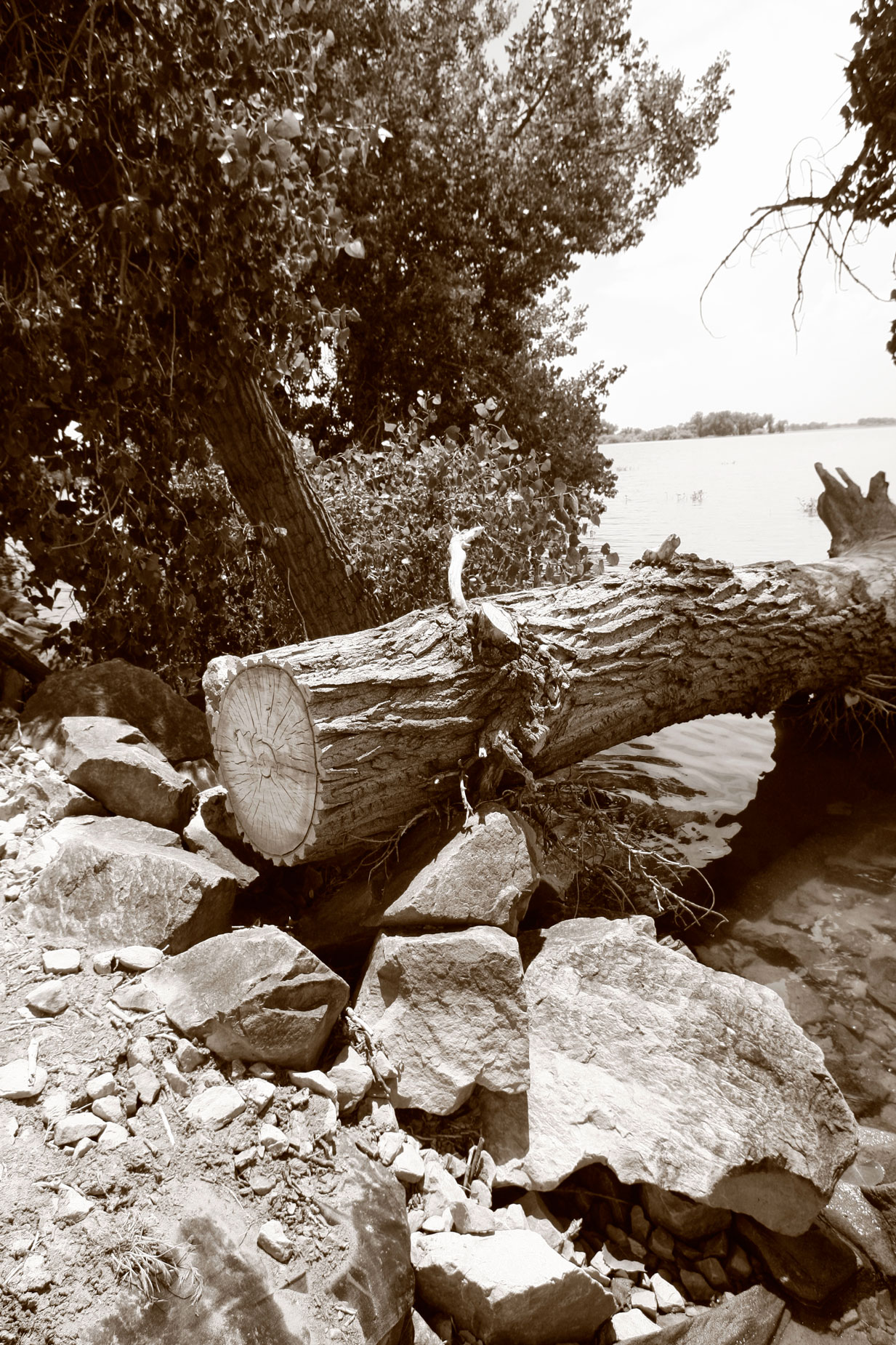On June 10th of each year, National Ballpoint Pen Day recognizes this type of writing instrument and commemorates the anniversary of its patent filing on June 10, 1943. I remember being excited to write with my first ball point pen in 1952, a Paper Mate. But later I came to my senses and nowadays usually write—in my journal, for instance—with a fountain pen. From time to time, I do enjoy using a roller ball or gel pen. (I haven’t tried a felt tip pen in a while, maybe I should.)
Today’s Post by Joe Farace
When performing in Central Park in 1991, Paul Simon changed the lyrics of his song Kodachrome to “everything looked better in black & white,” proving that you can, in fact, change your tune,
I recently noticed a trend. Even though only some of each month’s blog posts were about black and white photography, it turned out that these were the most popular posts. And I think I can understand why.
 Sometimes color can confuse a viewer removing the focus away from the photograph’s actual subject, which can be especially true in portraiture and doubly true in outdoor portraiture. Some black and white images, such as landscapes, have more drama when seen in monochrome. Without a blue sky to distract a viewer clouds can “pop” creating a more exciting look particularly in infrared landscape photography.
Sometimes color can confuse a viewer removing the focus away from the photograph’s actual subject, which can be especially true in portraiture and doubly true in outdoor portraiture. Some black and white images, such as landscapes, have more drama when seen in monochrome. Without a blue sky to distract a viewer clouds can “pop” creating a more exciting look particularly in infrared landscape photography.
There are many ways that you can create black & white digital images: You can capture photographs in color the same way you do now and then convert the image file to monochrome using software such as Silver Efex or Exposure Software’s Exposure. You can also shoot black and white images directly in-camera. Almost all DSLRs and mirrorless cameras offer JPEG monochrome modes and even have toning effects that let you shoot in black and white and see how it looks while making the image. Here’s an old tip: Shoot in RAW+JPEG mode so you still have a color file, if you change your mind later.
How I made this shot: To make this image at Barr Lake State Park, near Brighton, Colorado, I used Canon’s Photo Styles on the EOS 1D Mark II N with the EF16-35mm f/2.8L USM lens set at 16mm. This image was captured using the camera’s Monochrome mode with Sepia Tone add-on directly by the Mark III with an exposure of 1/250 at f/8 and ISO 250 with a plus one-third stop exposure compensation.
When making portraits, the instant feedback provided by seeing the images in monochrome helps focuses your vision and also lets you show your subject what you’re trying to accomplish. You don’t have to explain to them how you’ll convert the shot into monochrome later; it’s already there on the LCD screen! This approach provides an immediacy to the process and you can make B&W prints using a PictBridge printer or drop your memory cards off at a local Target or Walgreens because capturing the file in black and white also saves time.
My book Creative Digital Monochrome Effects is available from Amazon with new copies at $11.46 with used copies starting at a little more than two bucks, as I write this. There’s no Kindle version available, sorry.
